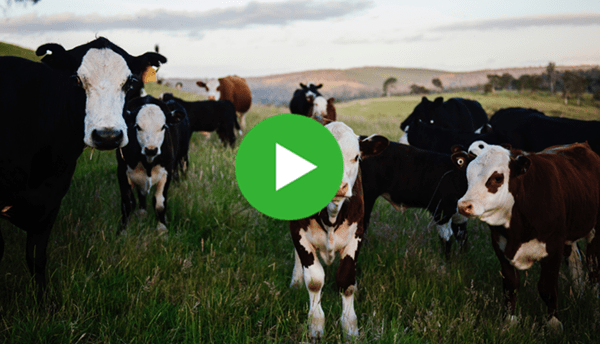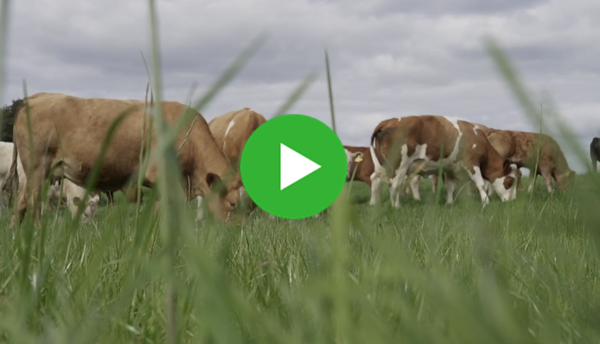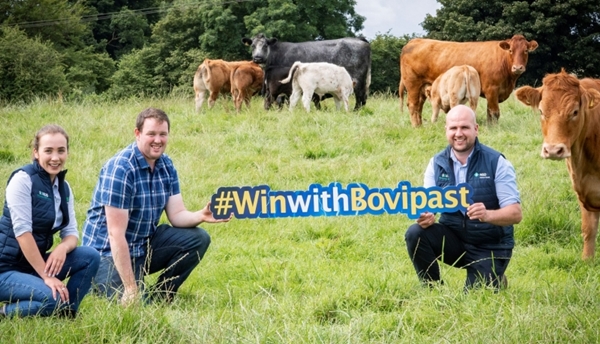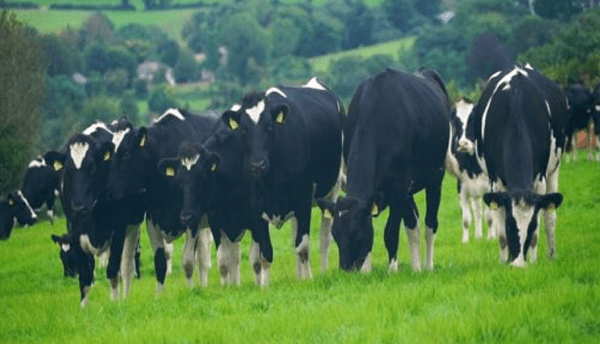

NEWS
Flies on the rise as rain arrives – Protect your animals now
22nd May 2020
Warm weather and moisture provide the perfect environment for flies to multiply. Butox Pour-On can provide up to 10 weeks protection against flies for your cattle.
Rainfall across the country this spring has been lower than average. In comparison to the period of March 1st to May 20th 2019, the weather stations in Athenry, Mullingar, Oakpark and Moorepark recorded 92mm, 154mm, 127mm and 117mm less rainfall respectively, for the same period in 2020. As a result, there has been low levels of grass growth on farms across the country in recent weeks. The last few days however, has brought much welcomed rain to certain areas and will improve grass growth.
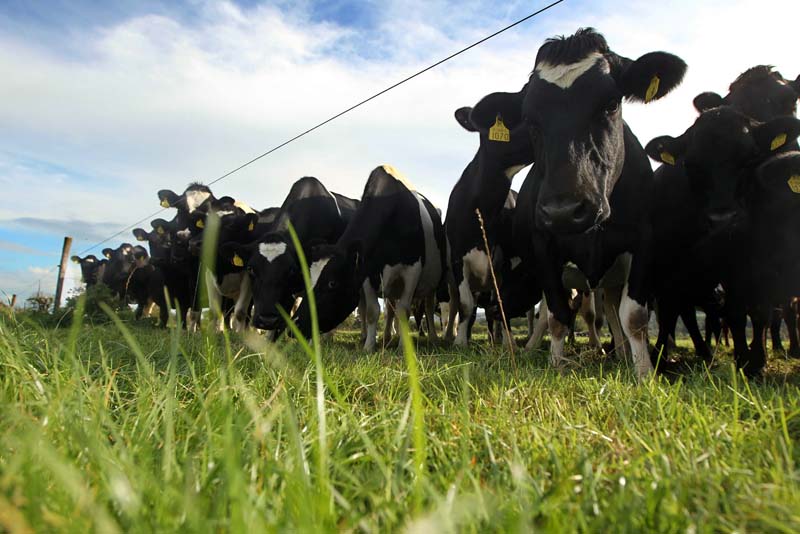
The mild weather combined with the recent rainfall provides the perfect environment for nuisance flies to multiply. Flies can cause a state of unease in the parlour leading to occasions of flying clusters. Flies can interfere with the grazing routine of cattle and this may cause a reduction in milk and butterfat production. Their impact does not end there, they are all capable of transmitting viruses, bacteria and certain parasites.
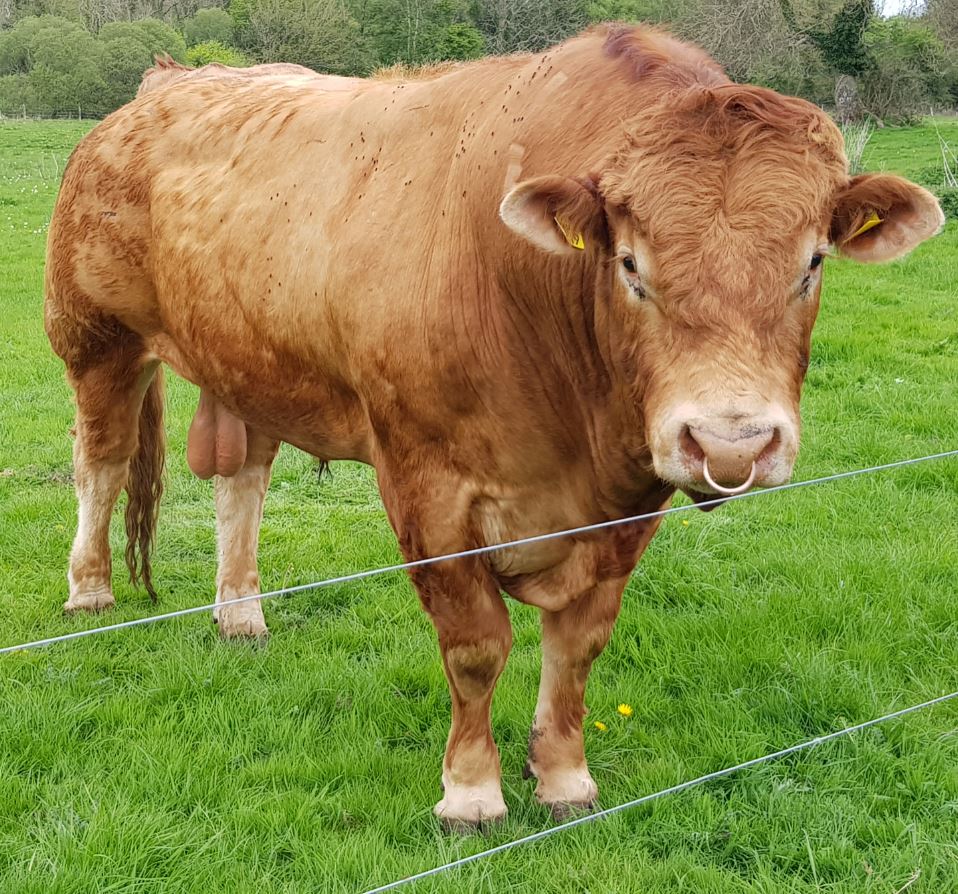
There are different types of flies in Ireland such as House or Stable flies; Face flies; Head flies: Warble flies (rare) and Blowflies. Face flies are the top offenders for annoyance of cattle at pasture. Face flies and head flies are linked to the transmission of the bacteria (Moraxella bovis) responsible for “pink eye”. In addition, there is strong evidence to suggest head flies are also involved in the spread of “summer mastitis”.
Control
Removing or at least reducing the source of infection is the most useful approach to control stable flies. Areas of manure provide the perfect environment for flies to breed and therefore, build up of manure should be avoided e.g. cow roadways. In addition, fields that border woodlands may expose cattle to higher volumes of flies and are best avoided during peak risk period (June-September) if possible.
It is best practice to start fly control early in the season and although fly numbers may seem low, they will be laying large numbers of eggs.
Control mechanisms for flies include; pour-on and spray preparations, repellent creams and insecticide impregnated ear tags. To ensure correct product usage read the guidelines supplied by the manufacturers and adhere to instructions regarding administration, dose frequency of use and withdrawal periods.
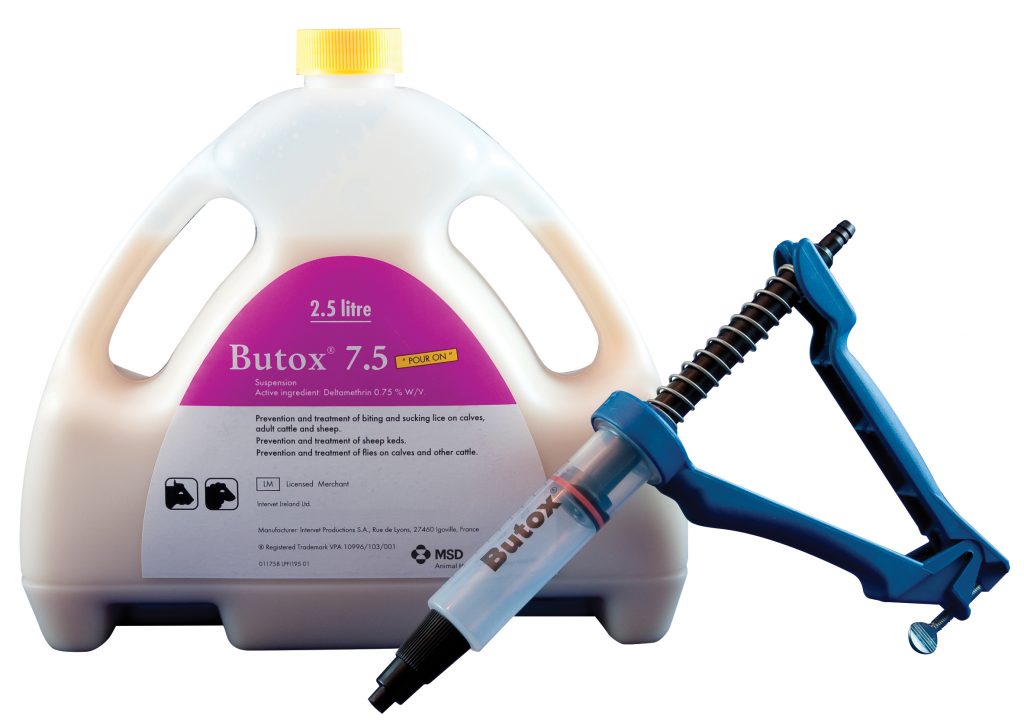
Butox Pour-On
Butox Pour-On contains deltramethrin and is indicated for the control of flies and lice in cattle. It is advised to pour the dose along the animal’s spine from the base of the head to the tail. The person applying should wear gloves. Butox Pour-On has an 18-day meat and 12-hour milk withdrawal period for cattle. For dairy herds, for example, the time to apply is after evening milking to ensure that the full withdrawal period is respected.
For fly control, a single application provides protection for 6 to 10 weeks (depending on the infestation, fly species and weather). If flies remain an issue thereafter, it is advised to repeat the application.
| Butox Pour-On Dose Rate: | |
|---|---|
| Up to 100kg | 10ml |
| 100 – 300kg | 20ml |
| Over 300kg | 30ml |
In conclusion, to avoid animal irritation and the unseen cause of reduced animal performance by starting your fly control programme now.
TAGS
Sign up to Bovilis® product and event information

MSD Animal Health
Red Oak North, South County Business Park, Leopardstown,
Dublin 18, Ireland
vet-support.ie@msd.com
PHONE
CATTLE DISEASES





